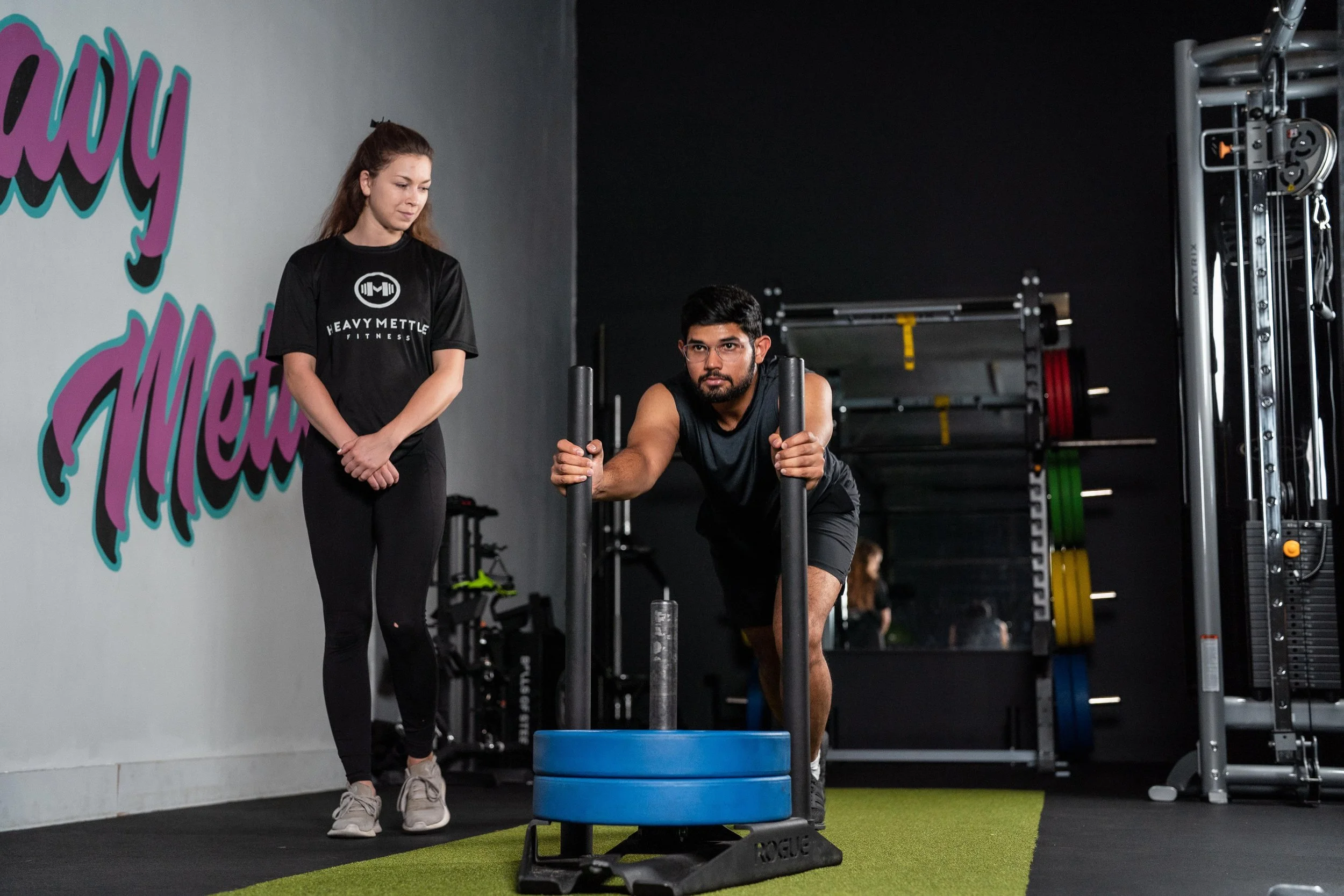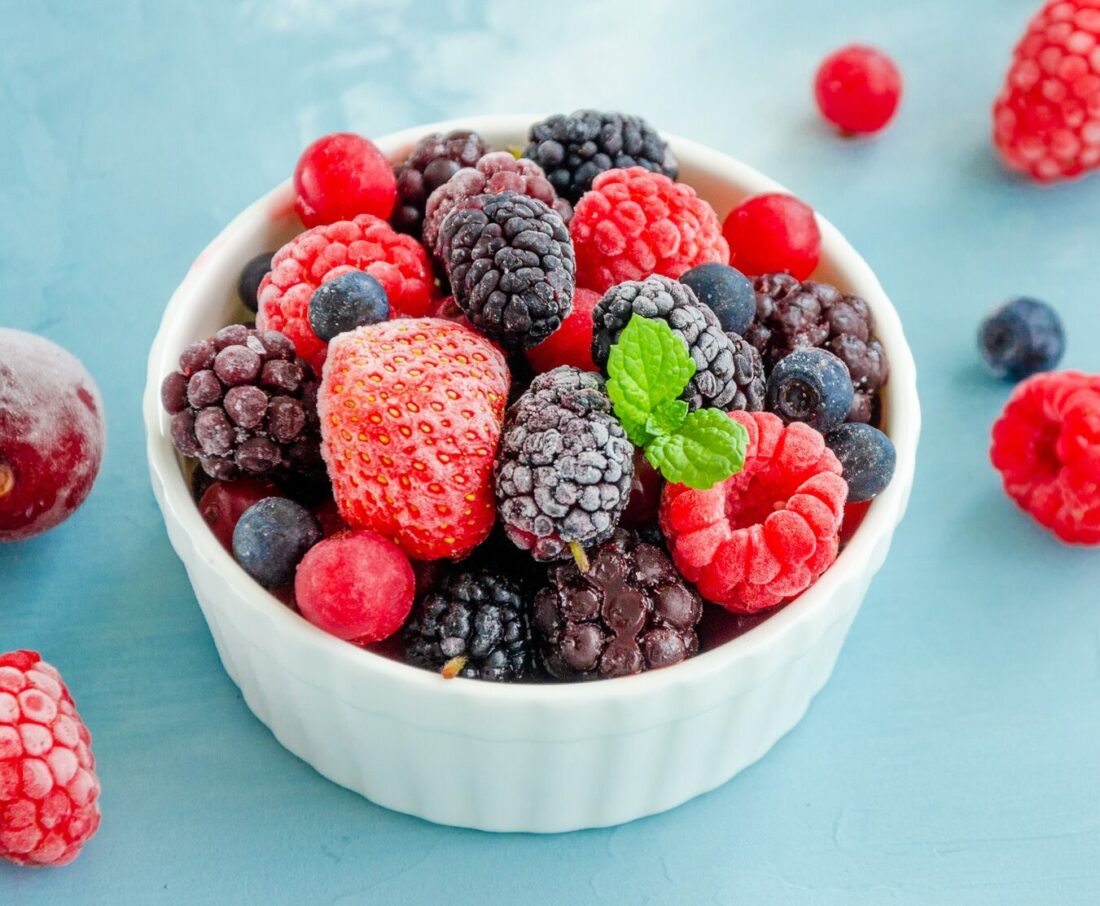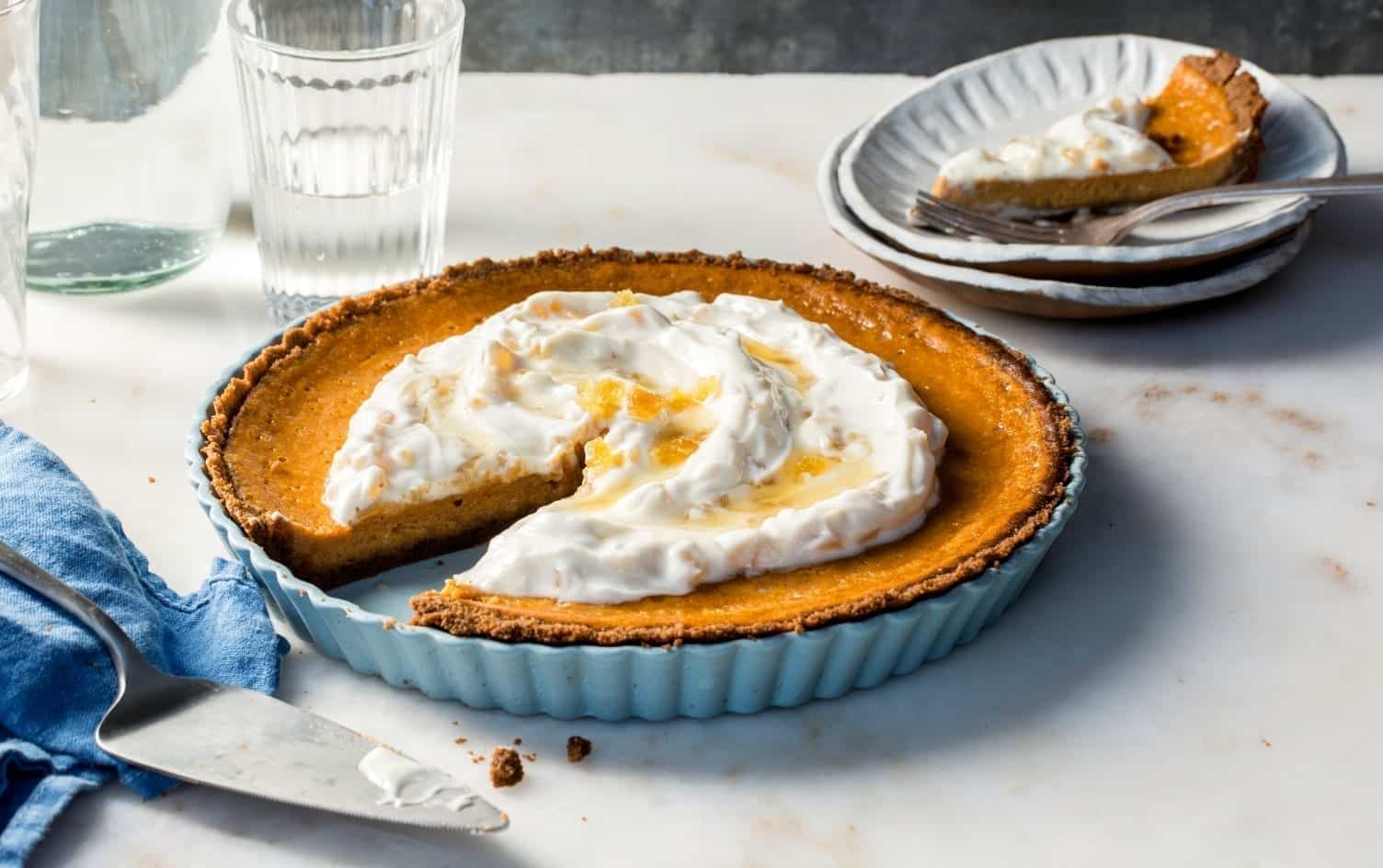Losing fat can feel like navigating a maze, especially if you’re avoiding heavy-hitting exercises like squats or deadlifts due to injury, preference, or lack of equipment. I’ve been there—dealing with a nagging lower back issue that made traditional compound lifts a no-go. The good news? You can still torch fat, preserve muscle, and transform your body without ever touching a barbell. This guide dives deep into science-backed strategies, practical workouts, and nutrition tips to help you shed fat effectively, all while keeping things engaging and doable. Let’s explore how to achieve your fat-loss goals with a fresh, squat- and deadlift-free approach.
Why Skip Squats and Deadlifts?
Squats and deadlifts are fantastic for building strength and burning calories, but they’re not for everyone. Injuries, joint pain, or simply not vibing with these moves can make them impractical. The goal of fat loss is to create a calorie deficit while preserving muscle, and you don’t need these exercises to get there. By focusing on alternative workouts, nutrition, and lifestyle tweaks, you can achieve the same results with less strain.
Common Reasons to Avoid These Exercises
Some folks skip squats and deadlifts due to back or knee issues, limited gym access, or a preference for variety. For example, during the COVID-19 pandemic, many turned to home workouts without heavy weights. Whatever your reason, there are plenty of effective alternatives to keep you on track.
The Science of Fat Loss: Calories In, Calories Out
Fat loss boils down to one core principle: you need to burn more calories than you consume. This calorie deficit can be achieved through diet, exercise, or a combination of both. Strength training, even without squats or deadlifts, helps maintain muscle mass, which keeps your metabolism humming. A 2024 study found that resistance training with moderate volume preserves muscle during a calorie deficit, making it a key player in fat loss.
Why Muscle Preservation Matters
Muscle tissue burns more calories at rest than fat does—about 50–100 calories per pound of muscle versus just 1–2 calories per pound of fat. By keeping your muscles engaged with alternative exercises, you’ll boost your resting metabolic rate (RMR) and make fat loss easier. Think of muscle as your body’s fat-burning engine.
Effective Exercises for Fat Loss Without Squats or Deadlifts
You don’t need a squat rack to get lean. Below are some of the best exercises to burn fat, build muscle, and keep your joints happy. These moves target multiple muscle groups, spike your heart rate, and maximize calorie burn.
Bodyweight Exercises
Bodyweight workouts are accessible, scalable, and perfect for fat loss. They require no equipment, making them ideal for home or travel.
- Push-Ups: Engage your chest, shoulders, triceps, and core. Modify with knee push-ups or elevate your hands for beginners.
- Plank Variations: Hold a plank or try side planks to strengthen your core and stabilize your body.
- Lunges: Forward, reverse, or lateral lunges target your quads, hamstrings, and glutes without the spinal load of squats.
- Mountain Climbers: A full-body move that spikes your heart rate, combining cardio and core strength.
Bodyweight exercises can be done in a high-intensity interval training (HIIT) format, which burns fat efficiently in just 10–20 minutes. For example, do 30 seconds of push-ups followed by 15 seconds of rest, then move to lunges. Repeat for 4–5 rounds.
Machine-Based Alternatives
If you have gym access, machines offer low-impact options to target key muscle groups without stressing your back or knees.
- Leg Press: Mimics the lower-body engagement of squats but with controlled support.
- Leg Curls and Extensions: Isolate hamstrings and quads for balanced leg development.
- Seated Rows: Strengthen your back and arms without the spinal compression of deadlifts.
Machines are great for beginners or those recovering from injuries, as they guide your form and reduce risk. A 2023 study showed machine-based resistance training can preserve muscle just as effectively as free weights during fat loss.
Cardio for Fat Burning
Cardio is a powerful tool for creating a calorie deficit. Low-impact options are gentle on joints and sustainable for long-term fat loss.
- Swimming: A full-body workout that burns up to 600 calories per hour while being joint-friendly.
- Cycling: Stationary or outdoor cycling boosts heart rate and targets lower-body muscles.
- Walking: A 30-minute brisk walk can burn 150–300 calories, depending on pace and body weight.
Incorporate HIIT into cardio sessions for maximum fat burn. For example, alternate 1 minute of fast cycling with 2 minutes of moderate pace for 20 minutes.
Comparison: Bodyweight vs. Machine vs. Cardio
| Exercise Type | Pros | Cons |
|---|---|---|
| Bodyweight | No equipment needed, versatile, scalable | Limited resistance for advanced users |
| Machine-Based | Low-impact, beginner-friendly, controlled | Requires gym access, less functional |
| Cardio | High calorie burn, joint-friendly options | Can lead to muscle loss if overdone |
Each option has its place. Mix and match based on your goals, fitness level, and available resources.
Sample Workout Plan
Here’s a 4-week, squat- and deadlift-free workout plan to kickstart your fat loss. Aim for 3–4 sessions per week, with rest or light cardio on off days.
Week 1–2: Building the Foundation
- Warm-Up (5–10 min): Dynamic stretches (arm circles, leg swings) and light cardio (brisk walking).
- Circuit (3 rounds, 45 sec work/15 sec rest):
- Push-Ups
- Forward Lunges
- Plank Hold
- Mountain Climbers
- Cool-Down (5 min): Static stretches for chest, legs, and core.
This beginner-friendly circuit builds strength and endurance while keeping intensity moderate.
Week 3–4: Increasing Intensity
- Warm-Up (5–10 min): Jump rope or high-knee marching.
- Circuit (4 rounds, 30 sec work/10 sec rest):
- Incline Push-Ups (hands on a bench)
- Reverse Lunges
- Side Plank (each side)
- Burpees (modify by stepping instead of jumping)
- Cool-Down (5 min): Foam rolling and stretching.
Increase reps or add light dumbbells to progress. Rest 1–2 minutes between rounds.
Nutrition: The Backbone of Fat Loss
Exercise is only half the equation—nutrition drives fat loss. To create a calorie deficit, focus on high-quality foods that keep you full and support muscle retention.
Calorie Deficit Basics
Aim for a moderate deficit of 300–500 calories below your maintenance level. Use a calorie calculator (like MyFitnessPal) to estimate your needs. For example, a 180-pound person might need 2,200 calories to maintain weight, so eating 1,700–1,900 calories daily supports gradual fat loss.
Protein: Your Muscle-Saving Superhero
Protein is critical for preserving muscle during a calorie deficit. A 2024 meta-analysis recommends 1.3–2.3 grams of protein per kilogram of body weight daily for active individuals. For a 150-pound person (68 kg), that’s 88–156 grams of protein.
- High-Protein Foods:
- Lean meats (chicken, turkey)
- Fish (salmon, tuna)
- Eggs
- Greek yogurt
- Plant-based options (tofu, lentils, beans)
Spread protein evenly across meals to maximize muscle protein synthesis. For example, aim for 20–30 grams per meal if eating 4 times a day.
Carbohydrates and Fats: The Supporting Cast
Carbs fuel your workouts, while fats support hormone health. Time carbs around exercise (e.g., oatmeal pre-workout, rice post-workout) and keep fats at 20–25% of total calories. Think avocados, nuts, and olive oil.
Sample Meal Plan
| Meal | Food | Calories | Protein (g) |
|---|---|---|---|
| Breakfast | Greek yogurt with berries, 1 tbsp chia seeds | 300 | 20 |
| Lunch | Grilled chicken salad with olive oil dressing | 400 | 30 |
| Snack | Protein shake with almond milk | 200 | 25 |
| Dinner | Baked salmon, quinoa, steamed broccoli | 500 | 30 |
| Total | 1,400 | 105 |
Adjust portions based on your calorie needs. Apps like Cronometer can help track macros.
Lifestyle Factors for Fat Loss
Exercise and diet are crucial, but lifestyle habits seal the deal. Small changes in sleep, stress, and daily activity can amplify your results.
Sleep: Your Secret Weapon
Aim for 7–9 hours of quality sleep nightly. Poor sleep disrupts hunger hormones, increasing cravings and slowing metabolism. A 2022 study linked inadequate sleep to higher body fat retention. Create a bedtime routine: dim lights, avoid screens, and keep a consistent schedule.
Stress Management
Chronic stress spikes cortisol, which can promote fat storage, especially around the belly. Try mindfulness practices like meditation or yoga (10–15 minutes daily) to keep stress in check. Even a daily walk can work wonders.
Non-Exercise Activity Thermogenesis (NEAT)
NEAT includes everyday movements like walking, fidgeting, or standing. Increasing NEAT can burn an extra 100–300 calories daily. Take stairs, walk during calls, or try a standing desk. Every step counts toward your calorie deficit.
Pros and Cons of Avoiding Squats and Deadlifts
Pros
- Joint-Friendly: Less stress on knees and back, ideal for injuries or beginners.
- Variety: Opens the door to creative workouts like bodyweight circuits or swimming.
- Accessibility: Many alternatives require no equipment, perfect for home or travel.
Cons
- Slower Strength Gains: Squats and deadlifts are unmatched for building raw power.
- Learning Curve: Some alternatives (e.g., lunges) still require proper form to avoid injury.
- Equipment Needs: Machine-based options may require gym access.
People Also Ask (PAA)
Can you lose fat without doing any strength training?
Yes, but it’s harder to preserve muscle, which slows your metabolism. A calorie deficit through diet and cardio can work, but adding resistance training (like push-ups or lunges) maximizes fat loss while keeping muscle intact.
What are the best exercises for belly fat?
No exercise targets belly fat specifically—spot reduction is a myth. Full-body workouts like HIIT, combined with a calorie deficit, reduce overall body fat, including the belly. Try mountain climbers, planks, or cycling.
How fast can I lose fat without squats or deadlifts?
Aim for 0.5–1 kg (1–2 lbs) per week for sustainable fat loss. Combining a 300–500 calorie deficit with regular exercise (e.g., 3–4 weekly circuits) can yield results in 4–8 weeks, depending on starting point.
Do I need a gym to lose fat?
No, bodyweight exercises, walking, or home HIIT workouts are effective. Apps like the GetFIT App offer guided plans for home workouts, making gym access optional.
Tools and Resources for Fat Loss
- MyFitnessPal: Track calories and macros with ease. Free with premium options.
- Fitbod: Customizes strength workouts, including squat- and deadlift-free plans. Free trial available.
- GetFIT App: Offers AI-coached workouts and nutrition plans for fat loss.
- DEXA Scan: Measures body fat and muscle mass for precise tracking. Available at clinics like BodySpec.
Check BodySpec for DEXA scan locations or MyFitnessPal for free tracking tools.
FAQ
How do I know if I’m in a calorie deficit?
Track your food intake for a week using an app like MyFitnessPal. Compare your average daily calories to your estimated maintenance level (online calculators can help). If you’re eating 300–500 calories less, you’re in a deficit.
Can I lose fat with only bodyweight exercises?
Absolutely. Bodyweight circuits like push-ups, lunges, and burpees burn calories and build muscle. Combine with a calorie deficit for best results.
How much protein do I need to preserve muscle?
Aim for 1.3–2.3 grams per kilogram of body weight daily. For a 150-pound person, that’s 88–156 grams, spread across 3–4 meals.
Is cardio better than strength training for fat loss?
Neither is “better”—they complement each other. Cardio burns more calories during the workout, but strength training preserves muscle, boosting long-term fat loss. Mix both for optimal results.
How long until I see fat-loss results?
With a consistent calorie deficit and exercise, noticeable changes can appear in 4–8 weeks. Body composition (muscle vs. fat) improves faster than scale weight might suggest.
Wrapping It Up
Losing fat without squats or deadlifts is not only possible but also practical for many. By combining bodyweight exercises, machine-based alternatives, or cardio with a smart nutrition plan and lifestyle tweaks, you can achieve a leaner, healthier body. My own journey taught me that consistency and creativity trump any single exercise. Start small—try a 10-minute circuit, track your meals, or take a daily walk. The key is finding what works for you and sticking with it. Ready to transform? Lace up your sneakers, grab a protein shake, and let’s make it happen.



